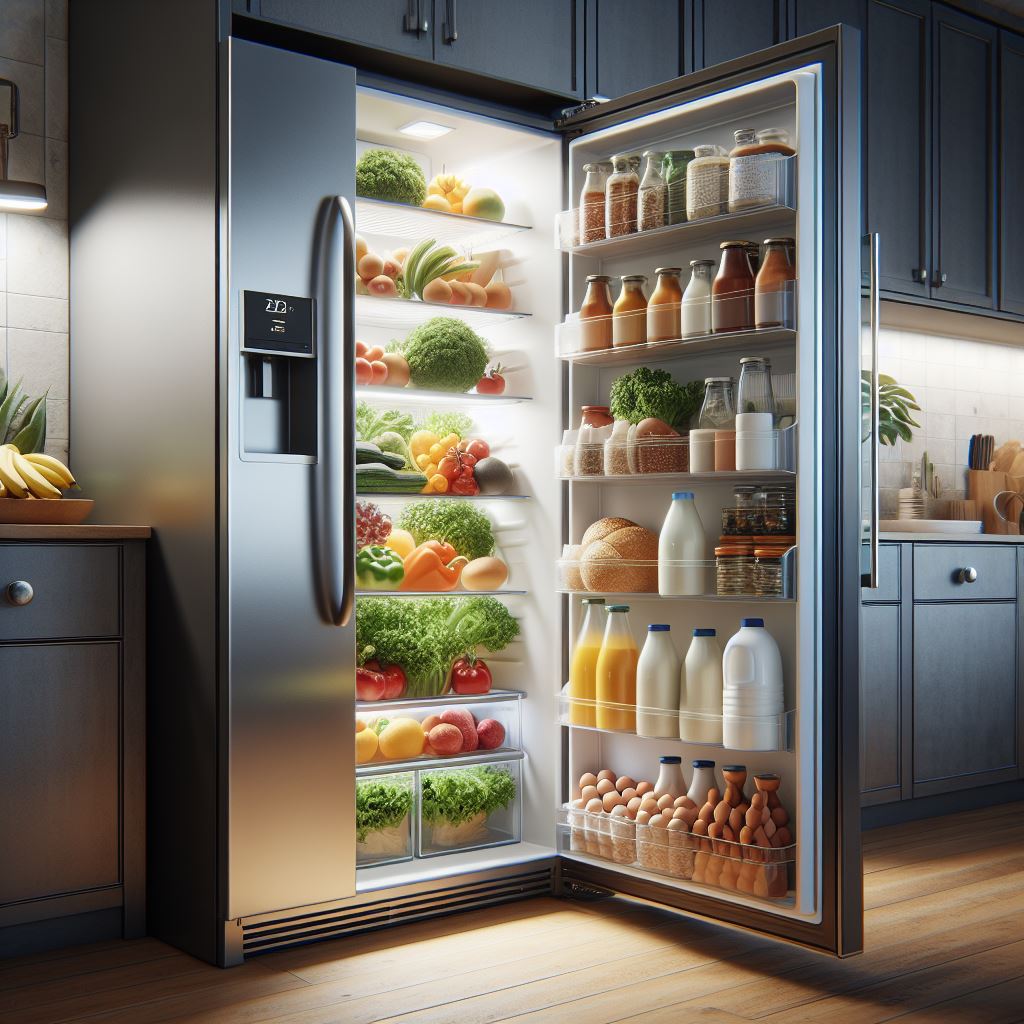Is your refrigerator on the fritz and leaving you with warm milk and spoiled leftovers? Fear not, because with a little know-how and some basic tools, you can tackle common refrigerator repair issues yourself. From fixing a leaky door seal to troubleshooting a noisy compressor, we’ve got you covered with step-by-step instructions that are easy to follow. Say goodbye to expensive repair bills and hello to a fully functioning fridge in no time!
Default Ad Code 1
Refrigerators are a crucial part of any household, ensuring that our food stays fresh and safe to consume. However, like any other appliance, refrigerators can run into issues and may require repairs. If you notice that your refrigerator is not cooling properly, making strange noises, or leaking water, it may be time to address the problem. Here are some steps to help you troubleshoot and repair your refrigerator:
1. Identify the issue: The first step is to pinpoint what exactly is wrong with your refrigerator. Is it not cooling effectively? Is it emitting loud noises? Is there water leaking? Understanding the problem will guide you in finding a solution.
2. Check the power source: Ensure that your refrigerator is correctly plugged in and receiving power before proceeding with any repairs. Examine the power cord and outlet to confirm that everything is functioning as it should.
3. Clean the condenser coils: Over time, dust and debris can accumulate on the condenser coils, hindering the refrigerator’s cooling capabilities. Unplug the appliance and locate the coils (typically found at the back or bottom). Use a vacuum or brush to remove any buildup.
4. Inspect the door seals: The door seals play a vital role in maintaining the refrigerator’s temperature. Damaged or worn seals can lead to air leaks, causing the appliance to work harder. Check the seals for any wear and tear, replacing them if needed.
5. Adjust the temperature settings: If your refrigerator is not cooling adequately, double-check the temperature settings. Ensure that the temperature is set correctly for optimal performance. Setting it too low can impede cooling.
6. Examine the evaporator fan: The evaporator fan circulates cold air within the refrigerator. A malfunctioning fan can result in inadequate cooling. Inspect the fan for any issues or obstructions, replacing it if necessary.
7. Seek professional help: If you’re unable to resolve the problem on your own, consider contacting a professional appliance repair technician. They have the expertise to diagnose and fix any refrigerator issues effectively.
By following these steps and taking proper safety precautions, you can address refrigerator problems and keep your food fresh. Remember to always unplug the appliance before attempting any repairs. If you’re unsure about handling the repairs yourself, it’s best to seek help from a professional technician.
Default Ad Code 2
1. Why is my refrigerator not cooling properly?
– The most common reason for a refrigerator not cooling properly is a buildup of dust and debris on the condenser coils. To fix this, unplug the fridge and clean the coils with a vacuum or brush.
2. How do I fix a leak in my refrigerator’s water line?
– If you notice water leaking from your refrigerator, the first step is to check the water line for any cracks or loose connections. If you find a leak, you can try to repair it with a water line repair kit or replace the damaged section of the line.
3. What should I do if my refrigerator is making loud noises?
– Loud noises coming from your refrigerator could be due to a malfunctioning fan or motor. Try cleaning the fan blades and moving parts to see if that resolves the issue. If the noise persists, you may need to replace the faulty component.
Default Ad Code 1
